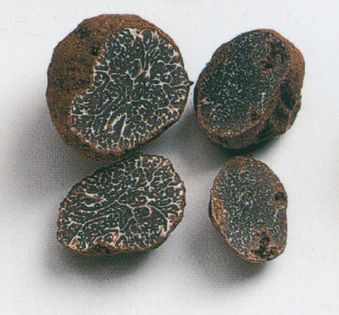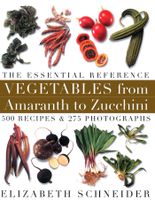Advertisement
Himalayan truffles

Published 2001
Chinese and Himalayan truffles are catchall names for what James Trappe describes as “three distinct Tuber species found in South China: sinense, indicum, and himalayense—which pickers and distributors tend to lump together as ‘Chinese truffles.’ ” This is particularly unfortunate, since flavor and quality vary from one species to another. First marketed in France in 1994, these truffles are now in restaurant channels in the United States at a comparatively low price. To judge from two samples, T. indicum is recognizable by its rich brown meat and very fine white veins. My samples looked lusciously chocolate truffly but lacked aroma and flavor and felt dry and dusty on the tongue. A moment in buttery broth only worsened the effect. T. sinense also looked richly dark, with large ivory veins. Rather moist, chewy, oily, with a bitter aftertaste, it kept well and sliced elegantly. For good looks, a bit of tooth, and a mushroomy-nutty effect, it seems promising. I could not get T. himalayense.


